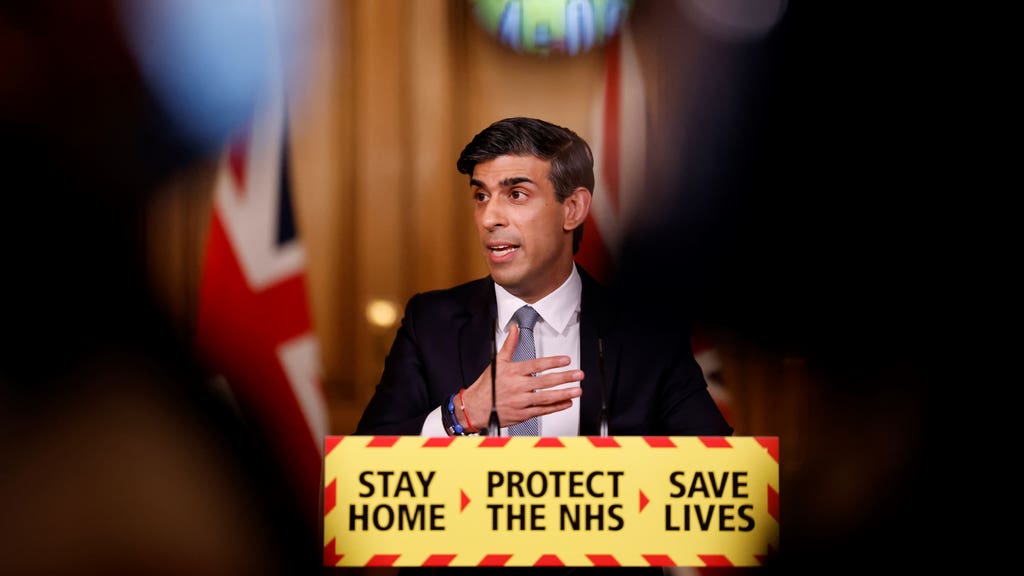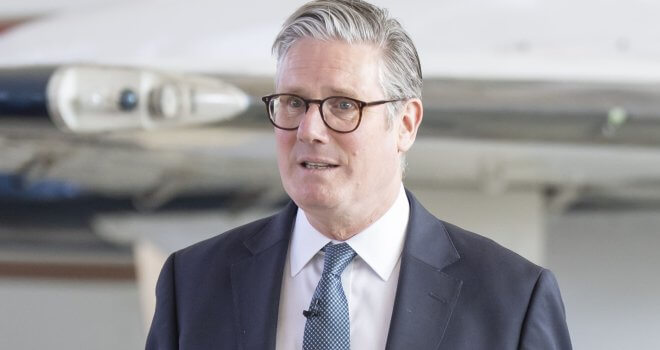Covid Spending Pushes Deficit To Highest Levels Since Second World War

The huge sums that the Government has borrowed during the Covid-19 crisis have pushed the deficit to its highest point since the end of the Second World War, according to new figures.
The Office for National Statistics said that public sector net borrowing – the Government’s deficit – reached £303.1 billion in the financial year to the end of March.
This was 14.5% of gross domestic product (GDP), the highest level since 1946, when the deficit hit 15.2% of GDP.
It is a rise from a deficit of £57 billion in the tax year ending March 2020.
Public sector net borrowing was £303.1 billion in the financial year ending March 2021 – £246.1 billion more than the previous year.
This was 14.5% of GDP, the highest proportion since the end of World War II, when it was 15.2% in 1945 to 1946 https://t.co/p64qO7vJ8E pic.twitter.com/pNCqMeQA74
— Office for National Statistics (ONS) (@ONS) April 23, 2021
In the post-war era the deficit peaked in the aftermath of the 2008 financial crisis, hitting around 10% of GDP. The average deficit since 1970 has been 3.4% of GDP.
The last year’s borrowing pushed public sector net debt up to £2,141.7 billion, which is 97.7% of GDP – the biggest proportion since the early 1960s.
The Government has spent billions of pounds propping up the economy since the pandemic started more than a year ago.
Notably it covered salaries of staff whose workplaces closed down during the country’s many lockdowns.
The furlough scheme has so far cost the taxpayer around £58 billion, according to data from last month.
Public sector net debt was £2,141.7 billion at the end of March 2021.
This is around 97.7% of GDP, maintaining a level not seen since the early 1960s https://t.co/3KoKVkULqK pic.twitter.com/4Db2kpXhj5
— Office for National Statistics (ONS) (@ONS) April 23, 2021
KPMG senior economist Michal Stelmach said: “Rising debt is largely an unfortunate consequence of the Government’s focus on shielding the economy as much as possible from the impact of Covid-19.
“However, doing otherwise could have created long-lasting scars which would be far worse for fiscal sustainability.”
Mr Stelmach said that while borrowing has so far risen to pay for increased spending, the Government is likely to need to borrow to make up for a shortfall in the tax it collects this year.
This is partly because of Chancellor Rishi Sunak’s £12.5 billion “super deduction” on corporation tax for some businesses.
This will be coupled with lower amounts of income tax as furlough ends.
In the year to the end of March, the amount of tax collected by the Government dropped by £34.2 billion to £523.6 billion, the ONS said.
It put the drop down to a fall in the amount of VAT, business rates and fuel duty collected.
Borrowing was still lower than had been expected by some experts.
The Office for Budget Responsibility (OBR) had forecast public borrowing would reach £354.6 billion.
The OBR’s forecast also included £27.2 billion which it predicts as the cost of Government guarantees for business loans. However, even with this cost added, borrowing was lower than expected.
Pantheon Macroeconomics chief UK economist Samuel Tombs said: “Public borrowing probably will undershoot the OBR’s forecast again in 2021/22, given that it was based on a forecast that GDP would rise by only 4.0% this year; we look for a 6.6% increase.”
The ONS’s figures are provisional and subject to change in coming months.




